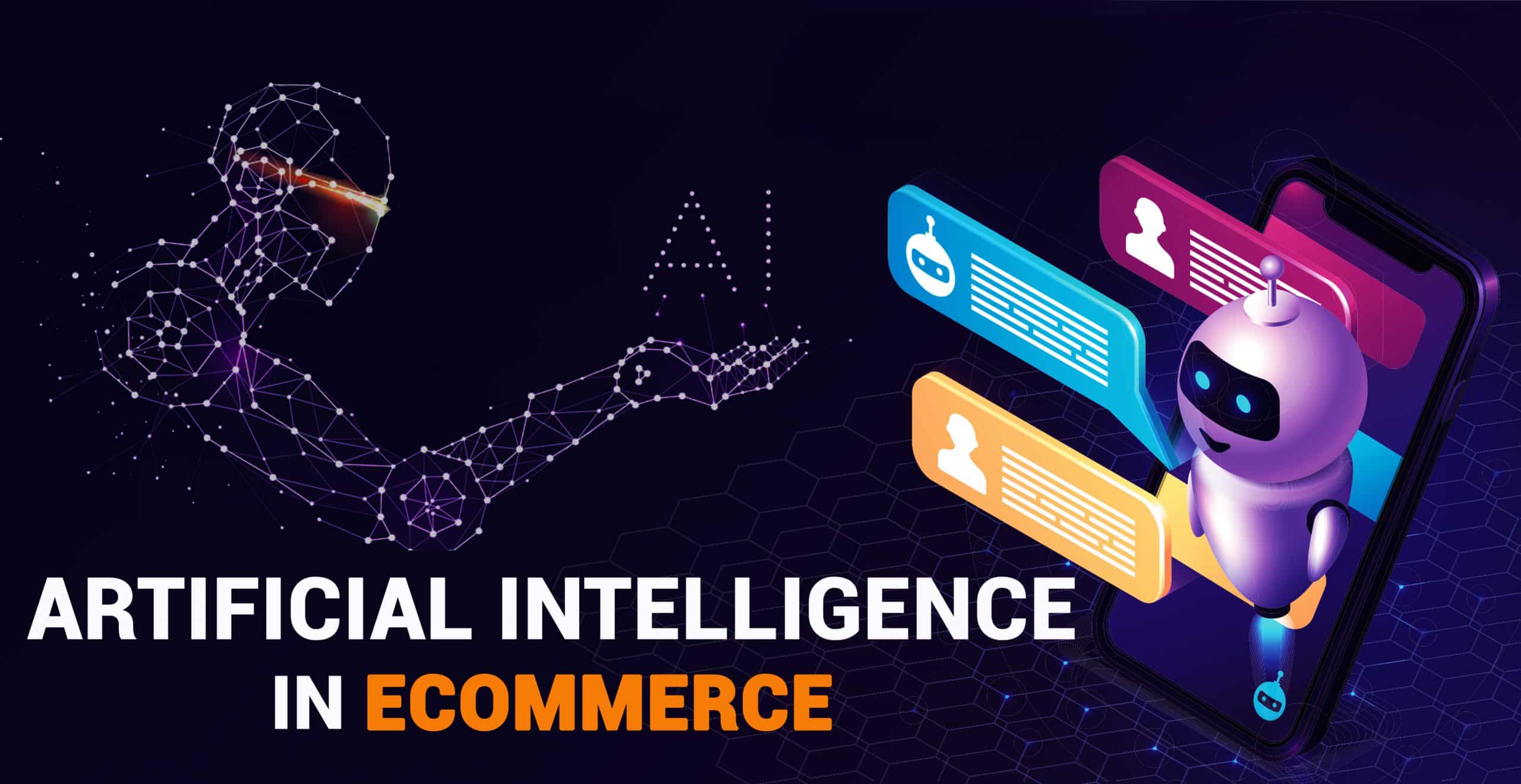How do you effectively engage your customers? One way to ensure you’re maximising your reach is to enable hyper-personalisation – whether on your ecommerce store itself or in your marketing activity, especially hyper-personalised email marketing. With so many options for hyper-personalisation software available to you, it can be daunting to know which way to turn, the distinctions are vast.
What Is Hyper-personalisation?
On a very basic level, personalisation is pulling data in, specific to your customer. It has long since been as simple as having their first name and birthday in your database so you can tailor marketing copy and special offers, nowadays the more advanced option since the advent of AI and machine learning, is that you can now include tracking their purchase history, browsing habits and previous interactions with your store to deliver content and product recommendations dynamically, always on point, always relevant.
When you’re starting to implement personalisation into your content and marketing strategy, you must get the basics right. That’s because most consumers expect some level of personalisation from brands.
The consumer benefits of hyper-personalisation
Shoppers online expect you to understand what they want. The growth of ecommerce means that now more than ever, competition is fierce. Customers are less likely to be loyal to brands simply because they’ve shopped with them on a previous occasion; now, there are so many factors that come into play when it comes to repeat custom, above all else it is an understanding and appreciation of each as an individual, and thereby offer relevant products selections perpetually to satiate that requirement..
Hyper-personalising your customers’ experience will be the thing that ultimately keeps them coming back but returning much less, spending more per shop and increasing their lifetime value. A recent survey by Segment found that:
- 52% of consumers would share personal data in exchange for product recommendations
- 53% of consumers would do the same for personalised shopping experiences
- 57% of consumers are willing to share personal data in exchange for personalised offers or discounts
Although constraints on how data is processed and stored are tighter than ever, it pays to make sure you’re using the data your customers have chosen to share with you, effectively and efficiently.
Getting Hyper-Personalisation Right
If you’d like to introduce hyper-personalisation with your marketing strategy, it’s important to understand which channels will be maximised and how you’re currently using them. By far the best opportunity comes through email marketing, with its ability to data-mine your customer’s habits and needs but it is an entirely different prospect to hyper-personalise a landing page on your site, with much lower ROI as you omit the opportunity to perfect when you present their unique product selection, through Send Time Optimisation.
How to take hyper-personalisation to your customers
Roll back the years and the phenomenon most talked about, which is now ingrained in all successful ecommerce business marketing is email. So combining the two you would think would be the natural step.
Sadly something went wrong, in that email software providers (ESPs) didn’t cotton to the change, and to this day some still offer software that doesn’t personalise at all. To substantiate this, simply Cmd F their website and you’ll see the word segment. Because lumping a load of people in a category together always works – not. The equivalent of sending an email to everyone who bought a red item, or an XL size, is painful when you measure the effect. Segmenting is marketing marginalisation.
Hyper-personalisation software uses data captured from each consumer as they visit your site, including what they look at, return to most often, etc. It then aligns this with both that individual’s buying history and their perpetual purchases, to rank every SKU on your site by the greatest likelihood of imminent purchase. Instead of waiting to convince that person to buy a specific product, (this season’s stock for example) it uses a machine learning predictive analytics algorithm to work out what has been achieved already, and simply capitalise on it.
Both Statista and McKinsey readily verify that hyper-personalisation far and away out-performs static page personalisation, and obliterates segmented email marketing that 99% of ecommerce merchants employ. This is not a clarion call to stop, but rather to be aware of what is needed to add to the mix to keep performing at the top of your game.
Because the hyper-personalisation of production selection goes immediately to your consumer, it often negates price and indeed alternate supplier comparison. It’s here, right now, do I want it? What’s more, it goes significantly further out-performing, triggered personalisation, omnichannel marketing and promotional segmented email marketing combined. Thereby delivering the greatest possible ROI in ecommerce today.





